01:15 Impact of 5G Technology: Transforming Connectivity and Everyday Life
- Steve Chau

- Aug 5, 2024
- 9 min read
Updated: Mar 22
The Transformative Power of 5G Technology
The advent of 5G technology represents a monumental advancement in wireless communication, heralding a new era that promises to fundamentally alter the fabric of connectivity and profoundly influence our daily lives. As the latest iteration in cellular network technology, 5G stands on the shoulders of its predecessors, offering unprecedented improvements in speed, capacity, and latency. This transformative technology is not merely an enhancement of bandwidth but a cornerstone for a future where digital landscapes are seamlessly integrated into the physical world.
This article delves deep into the developmental arc of 5G, tracing its origins from conceptualization to global deployment, and examines the sweeping impacts it is poised to have on various sectors. We will explore how 5G facilitates a massive proliferation of devices—from smartphones to sensors in smart cities—each interlinked and communicating in real-time. Moreover, the discussion will extend to the practical steps individuals and organizations can take to leverage the immense capabilities of 5G. Specialized skills and comprehensive training will be crucial for professionals aiming to thrive in this new environment characterized by rapidly evolving technological landscapes that demand a highly skilled workforce.
Skip To:
In essence, 5G technology is not just an upgrade; it is a revolution that will redefine how we interact with the world around us, opening up many opportunities for innovation in virtually every field of human endeavor. Through this exploration, we aim to provide a thorough understanding of 5G's transformative potential and offer insights into how best to harness this power to advance society.

The Evolution and Advancement of 5G Technology
The background and development of 5G technology represent a significant chapter in the history of telecommunications. Emerging as the fifth generation of cellular network technology, 5G was developed to address the limitations of its predecessor, 4G LTE, and to meet the burgeoning demand for more sophisticated and rapid internet connectivity. This new generation of technology boasts substantial enhancements in three critical areas: speed, latency, and network capacity, representing a considerable leap over previous generations.
The journey toward realizing 5G began in the early 2010s, spearheaded by an international consortium of researchers, technology companies, and regulatory bodies. These stakeholders collaborated to set the standards and protocols that would define the operational framework of 5G. This vigorous development effort was motivated by the escalating need for infrastructure capable of supporting an exponential increase in data consumption and the emerging array of internet-connected devices.
By the late 2010s, pioneering countries such as South Korea, the United States, and several within the European Union had commenced the deployment of 5G networks. These initial rollouts were crucial in setting the stage for a global expansion of 5G services, which promised to unlock new economic opportunities and catalyze innovations across multiple sectors.
At the heart of 5G's technological breakthroughs is its innovative use of the radio spectrum. Unlike previous generations, 5G utilizes higher frequency bands, specifically millimeter waves that range between 30 GHz and 300 GHz. These frequencies are adept at handling high data rates, which enables the transmission of large volumes of data at unprecedented speeds. However, millimeter waves have inherent limitations, such as shorter range and higher susceptibility to interference from common urban obstacles like buildings and foliage. To overcome these challenges, the architecture of 5G networks relies heavily on a dense array of small cell stations. These stations are strategically placed to form a robust network that ensures consistent and comprehensive coverage, even in areas where direct signals are obstructed.
The development of 5G is a testament to the dynamic nature of technological advancement. It reflects a response to global connectivity needs and sets a new standard for what is possible in mobile communication. As 5G continues to evolve and integrate into the fabric of international telecommunications, its initial challenges and innovative solutions provide valuable insights into the future trajectory of wireless technology.

Revolutionizing Device Connectivity with 5G Technology
The impact of 5G technology on device proliferation is not merely incremental; it is revolutionary, setting the stage for an unprecedented surge in the number and diversity of connected devices. This surge is predominantly facilitated by 5G's core capabilities, which cater to the expansive needs of the Internet of Things (IoT). IoT represents a broad spectrum of applications wherein devices, from everyday household items to sophisticated industrial machinery, are interconnected and can exchange data in real-time.
With 5G, the connectivity landscape is transformed into a more dynamic and integrated network. In homes, for example, 5G enables a seamless communication stream between intelligent appliances, security systems, and energy management tools, all interacting without the latency that users experience with older technologies. In industrial settings, 5G's impact is even more profound. It allows for the real-time monitoring and management of operations, leading to enhanced efficiency, reduced operational costs, and improved safety measures.
The architectural benefits of 5G—specifically its vastly increased bandwidth and significantly reduced latency—are critical for supporting emerging technologies that demand rapid data throughput and instantaneous response times. Autonomous vehicles, for instance, rely heavily on the ability to process massive streams of data from their sensors to make real-time navigation decisions. Similarly, intelligent city infrastructures utilize 5G to manage everything from traffic control systems to emergency services more effectively, harnessing real-time data to create more responsive urban environments.
Moreover, virtual reality (VR) and augmented reality (AR) are poised for transformation with the widespread adoption of 5G. Highly dependent on high-speed data transfer to render immersive environments without lag, these technologies can deliver more engaging and interactive user experiences. This enhancement is crucial for the entertainment and gaming industries and practical applications in education, training, and remote work.
The proliferation of devices enabled by 5G is setting a new standard for connectivity. This evolution enhances current technological applications and opens the door to future innovations that will further integrate digital technology into the fabric of daily life. 5 G's capacity to support a dense network of diverse devices is an upgrade and a pivotal shift towards a more connected and technologically advanced world.

Effects on Everyday Life
5G technology is poised to reshape everyday life in profound and pervasive ways, enhancing consumer experiences and fostering more efficient, connected lifestyles. This transformative technology extends its influence across various sectors, dramatically improving the functionality and efficiency of services and systems we rely on daily.
Transforming Healthcare with 5G
5G technology is set to revolutionize patient care and medical services in the healthcare sector. By enabling ultra-fast and reliable connectivity, 5G significantly enhances telemedicine capabilities. Doctors can monitor patients remotely in real-time, ensuring timely interventions and continuous care, which is particularly crucial for chronic conditions or remote areas where medical resources are scarce. Additionally, 5G facilitates the rapid transmission of large imaging files, streamlining diagnostics and treatment processes and supporting the use of AI for predictive analytics in patient care management.
Enriching Educational Experiences
Education is another area where 5G substantially impacts how knowledge is delivered and absorbed. The technology supports more interactive and engaging learning environments through virtual reality (VR) and augmented reality (AR). These tools can bring complex subjects to life, providing immersive learning experiences that enhance student understanding and retention. For example, students can take virtual field trips to historical sites or visualize complex scientific processes right from their classrooms, making education not only more accessible but also more compelling.
Enhancing Public Safety and Infrastructure
The capabilities of 5G extend into public safety and infrastructure management, where enhanced connectivity facilitates the real-time collection and analysis of data. In urban planning and management, 5G enables more innovative infrastructure systems, from traffic lights that adjust based on real-time traffic conditions to intelligent grids that optimize energy consumption for environmental and economic benefits. 5G supports advanced surveillance systems and faster emergency response strategies for public safety. Emergency services can instantaneously use 5G to receive and share information, improving response times and coordination in critical situations.
Optimizing Urban Mobility and Energy Use
Furthermore, 5G is instrumental in improving traffic management and energy usage. Intelligent traffic management systems powered by 5G can reduce congestion and lower the incidence of traffic-related accidents. At the same time, smart energy grids can balance real-time energy and reduce waste, contributing to a more sustainable future.
Overall, 5 G's effects on everyday life are extensive and transformative, touching everything from how we receive medical care to how we learn, manage our cities, and respond to emergencies. As 5G technology continues to evolve and expand, its potential to improve and innovate everyday experiences grows, marking a new era of connectivity and technological integration in daily life.

Harnessing the Power of 5G: Essential Skills and Specialized Training
The transition to 5G technology requires robust skills, tailored training, and certifications, which are vital for professionals aiming to leverage this advanced technology. As 5G networks transform how we connect and interact with a vast array of devices, acquiring these skills is crucial for anyone looking to make a significant impact in the field.
Critical Skills for 5G Professionals
Advanced Network Management: Proficiency in deploying and managing 5G networks is essential. This includes understanding the infrastructure specifics such as small cells, massive MIMO (Multiple Input Multiple Output), and network slicing, which allows for creating multiple virtual networks on a single physical 5G network.
Cybersecurity for IoT: Expanding network endpoints through IoT devices introduces complex security challenges. Professionals must be skilled in securing network perimeters and managing the unique vulnerabilities introduced by the myriad of connected devices.
Data Analytics: With the increased capacity of 5G networks comes a surge in data volume. Skills in data analytics are crucial for interpreting this data effectively, enabling predictive maintenance, enhanced decision-making processes, and optimized resource allocation.
Specialized Training and Certifications
Various educational and professional training programs have been developed to address these skill gaps. These include:
Network Engineering and IoT Integration: Courses are designed to equip professionals with the necessary skills to design, implement, and manage cutting-edge 5G networks. These courses cover fundamental and advanced aspects of 5G technology, including its application in IoT.
Machine Learning and AI for Network Management: Training in AI and machine learning is essential for handling the complex tasks associated with large-scale 5G deployments, such as predictive analytics and real-time decision-making.
Recommended WiFi Training Courses
For those looking to deepen their expertise in network management and security, particularly with a focus on wireless technologies, the following CWNP certifications are highly recommended:
CWNP Wireless IoT Solutions Administrator (CWISA): This certification focuses on integrating IoT solutions within wireless networks, an essential skill as 5G expands the scope and scale of IoT applications.
CWNP Wireless Analysis Professional (CWAP): This certification focuses on wireless packet analysis and advanced troubleshooting of WiFi networks, which is invaluable for ensuring the high performance and reliability expected of 5G networks.
CWNP Certified Wireless Security Professional (CWSP): This course provides comprehensive training in wireless network security, offering techniques and strategies to secure infrastructures in a 5G context, where the risk surface is vastly expanded.
With 5G set to revolutionize various industries, the demand for skilled professionals is rising. Gaining a deep understanding of network technologies, mastering cybersecurity in the age of IoT, and achieving certifications in specialized areas are critical for those aiming to excel in this new era of connectivity. These skills and qualifications will prepare professionals to manage the complexities of 5G and give them a competitive edge in a rapidly evolving technological landscape.
Chauster UpSkilling Solutions is dedicated to equipping professionals with the skills necessary to excel in the rapidly evolving 5G landscape. Through comprehensive training programs, Chauster focuses on critical areas such as advanced network management, cybersecurity tailored to IoT, and the intricacies of data analytics in a 5G context. Their courses are designed to be hands-on and are taught by industry experts to ensure participants understand the theoretical underpinnings of 5G technology and gain practical experience. This approach helps individuals and teams keep pace with technological advancements and become leaders in implementing 5G solutions effectively across various sectors.

Final Thoughts
The rollout of 5G technology represents a transformative shift in the connectivity landscape, heralding a new epoch of digital interaction bound to reshape our personal lives, workplaces, and broader societal structures. This emerging technology is not merely an upgrade in speed and network efficiency; it is a fundamental reimagining of how we will live, work, and engage with each other and the world around us.
Understanding the development, implications, and the necessary skills to harness 5G's full capabilities is crucial for individuals and organizations aiming to succeed in this new era. As 5G networks become increasingly ubiquitous, the enhanced connectivity will enable a surge in innovation across various sectors, including healthcare, education, manufacturing, and transportation, to name just a few. The ability to transmit vast amounts of data at unprecedented speeds and with minimal latency will unlock the potential of technologies like augmented reality, autonomous vehicles, and IoT on a scale we've yet to realize fully.
Moreover, the widespread adoption of 5G will facilitate a more inclusive digital economy. Remote areas will gain better access to high-speed internet, thus democratizing opportunities for education, employment, and business ventures. It will also drive the development of smart cities, where everything from traffic systems to public services operates with greater efficiency, sustainability, and responsiveness.
For professionals, staying ahead in this rapidly evolving landscape means investing in continuous learning and training in critical areas such as cybersecurity, network management, and data analytics. For organizations, it involves rethinking business models and operational strategies to capitalize on the new opportunities that 5G brings.
As we continue to weave 5G technology into the fabric of our daily operations and interactions, it opens up possibilities previously thought to be within the realm of science fiction. This marks an exciting phase of technological advancement and a pivotal moment in digital transformation that will influence future generations.
In conclusion, the advent of 5G is more than just a technological evolution; it is a catalyst for sweeping innovation and a beacon for a future where connectivity transcends current limitations, fostering a world of limitless potential and unprecedented advancements.










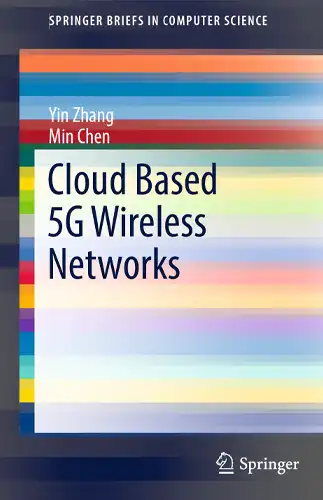
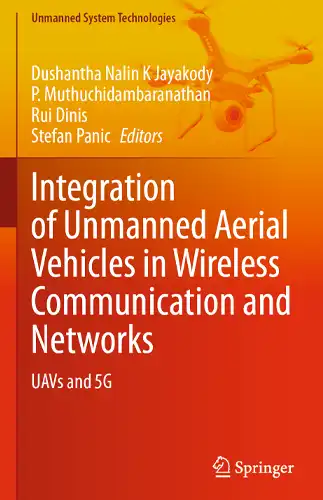
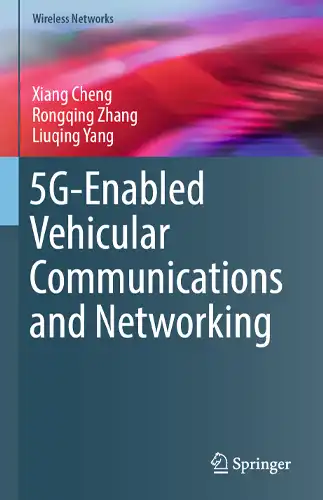
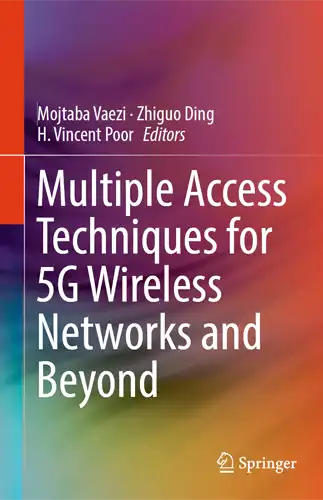
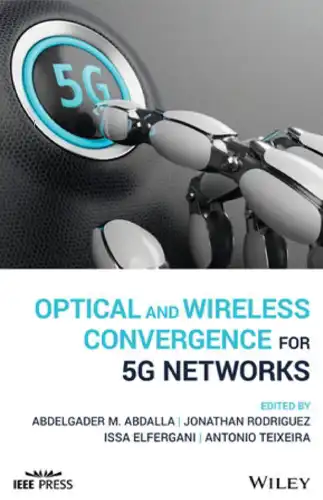
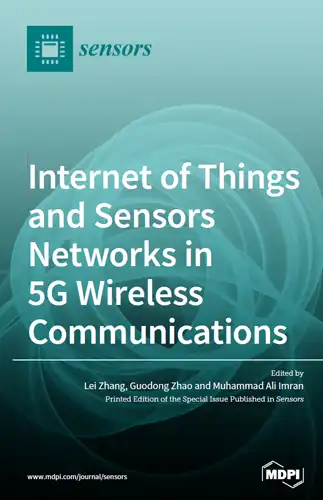




Comments